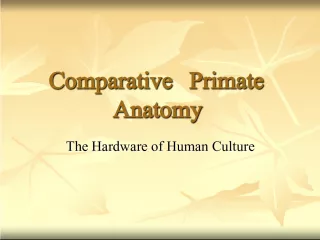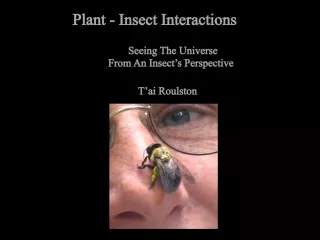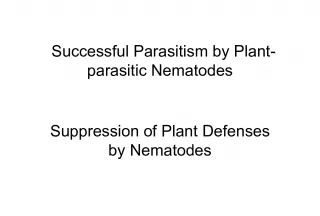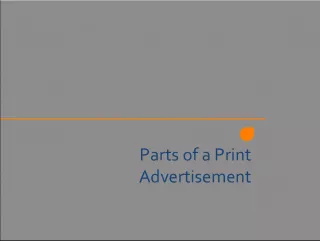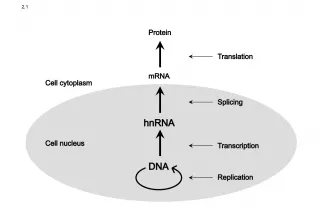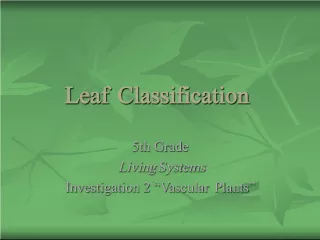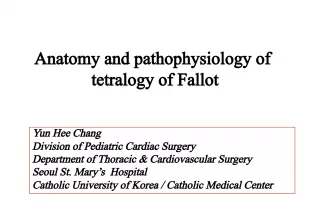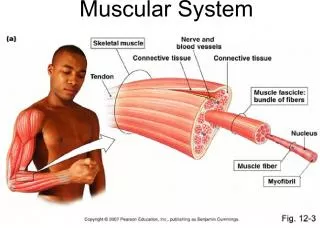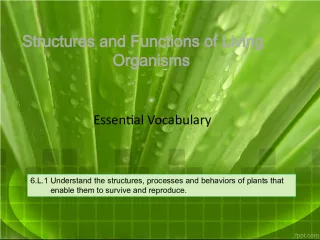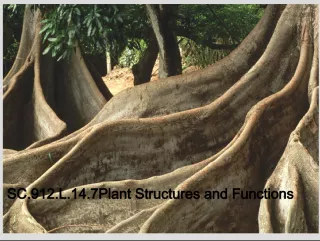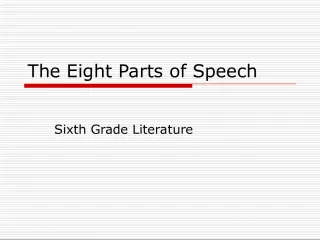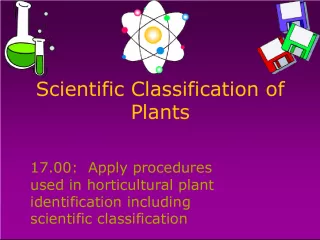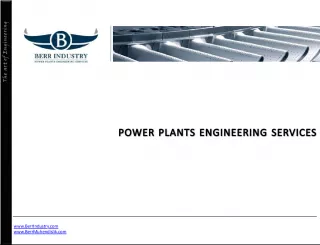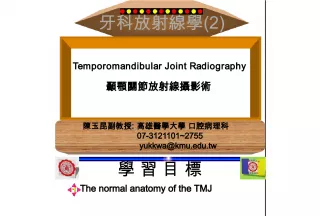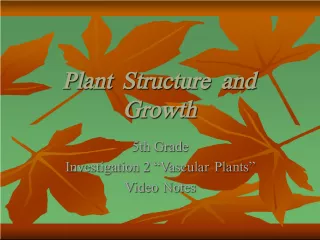Anatomy of Plants: Understanding the Different Parts


This objective delves into the major parts of a plant, including leaves, stems, roots, and flowers. Students will learn about the anatomical parts of each plant part and the distinguishing
- Uploaded on | 0 Views
-
 vincentjohnson
vincentjohnson
About Anatomy of Plants: Understanding the Different Parts
PowerPoint presentation about 'Anatomy of Plants: Understanding the Different Parts'. This presentation describes the topic on This objective delves into the major parts of a plant, including leaves, stems, roots, and flowers. Students will learn about the anatomical parts of each plant part and the distinguishing. The key topics included in this slideshow are . Download this presentation absolutely free.
Presentation Transcript
Slide1Objective 14.01What are the major parts of a plant including the anatomical parts and what are the distinguishing characteristics of each?
Slide2Plant Parts• Leaves • Stems • Roots • Flowers
Slide3Leaves-External• Petiole-leaf stalk or part that connects the leaf to the stem • Blade-the large, flat part of the leaf • Midrib-the large center vein • Veins-the structural framework of the leaf • Margin-the edge of the leaf
Slide4Leaves-External
Slide5Leaves-Internal• Upper and lower epidermis-skin of the leaf that prevents the loss of too much moisture • Stomates-small openings under the leaf for breathing or transpiration • Guard Cells-open and close stomates
Slide6Leaves-Internal• Chloroplasts-small green particles that contain chlorophyll – gives leaves their green color – necessary for photosynthesis
Slide7Leaves-Internal
Slide8Leaves-Internal
Slide9Stems-External• Lenticels-breathing pores • Bud scale scars-show where terminal buds have been located • Leaf Scars-show where leaves were attached • Terminal bud-bud on the end of a stem • Axillary or lateral bud-bud on side of stem
Slide10Stems-Internal• Xylem-tissue that transports water and nutrients up from the roots to stems and leaves • Phloem-tissue that transports food down from leaves to roots
Slide11Stems-InternalPhloem Phloem Xylem
Slide12Stems-Internal• Cambium-thin, green, actively growing tissue located between bark and wood and produces all new stem cells • Bark-old inactive phloem • Heartwood-old inactive xylem • Sapwood-new active xylem
Slide13Stems-InternalCambium Heartwood Sapwood Bark
Slide14Stems-Internal• Monocota-plant stems have vascular bundles that contain both xylem and phloem in each bundle – examples: corn, grasses • Dicata-plant stems have the phloem layer and xylem layer separated by cambium – example: trees
Slide15Stems-InternalMonocot Dicot
Slide16Roots-External• Root cap-indicates growth of new cells • Root hairs-absorb moisture (water) and minerals Root images from a rice plant
Slide17Roots-Internal• Much like stems in that they have a phloem, cambium, and xylem layer • Phloem-the outer layer that carries food down the root • Xylem-the inner layer that carries water and minerals up to the stem
Slide18Layers of Roots• Fibrous-many branched shallow roots – are easier to transplant • Tap-long root with few branched ones – more difficult to transplant
Slide19Flowers• Sepals-Green parts that cover and protect flower bud before it opens • Petals-are really leaves that are modified to attract insects for flower pollination, the pretty part that we call flowers • Stamen-male part of the flower • Pistil-female part of the flower
Slide20Flowers
Slide21Parts of the Stamen• Filament-short stalk that holds up the anther • Anther-a sac-like structure that contains pollen, the male sex cells
Slide22Parts of the Pistil• Ovules-the eggs or female sex cells that become seeds if fertilized • Ovary-if fertilized becomes a fruit or seed coat • Style-holds up the stigma and connects it to the ovary • Stigma-sticky part on top of style where insects leave pollen
Slide23Parts of the PistilStigma Style Ovary
Slide24Complete-vs-Incomplete• Complete flowers have both male and female parts • Incomplete flowers have only male or female parts
Slide25•What are the major parts of a plant including the anatomical parts and what are the distinguishing characteristics of each?

